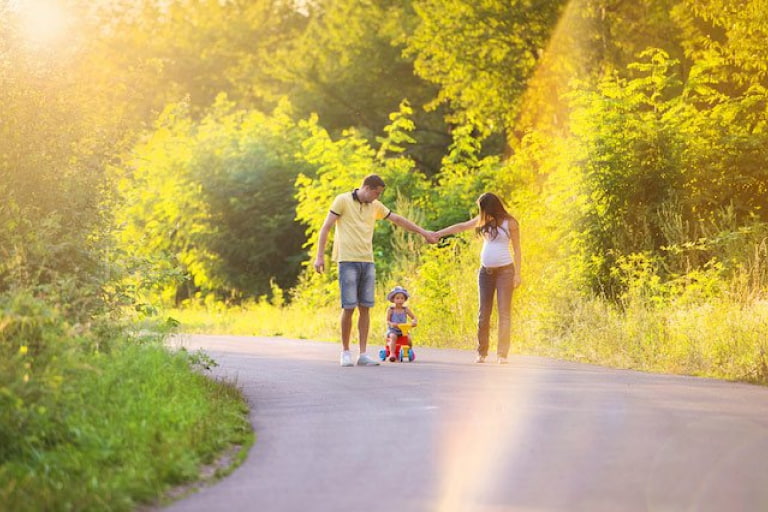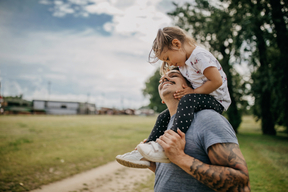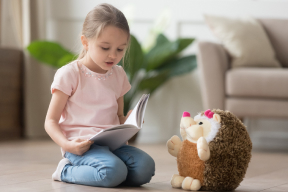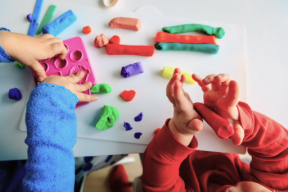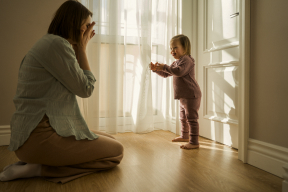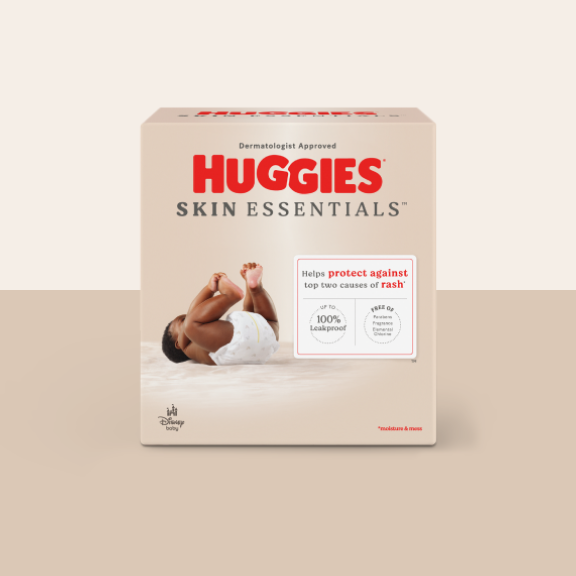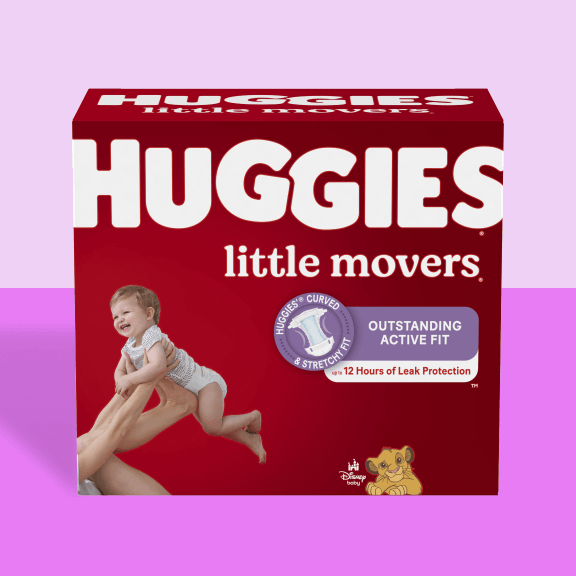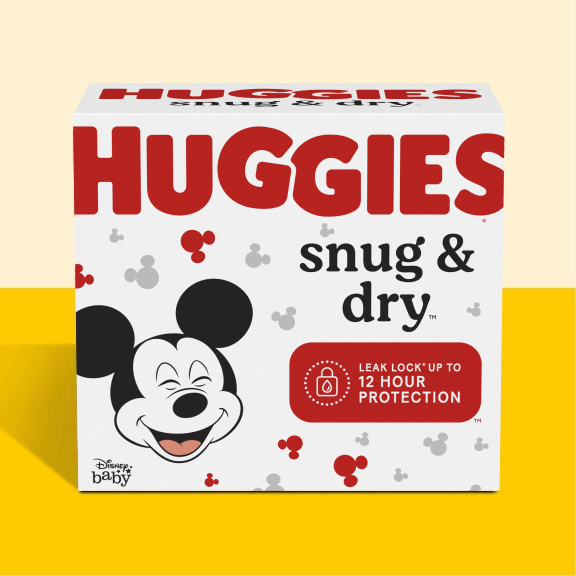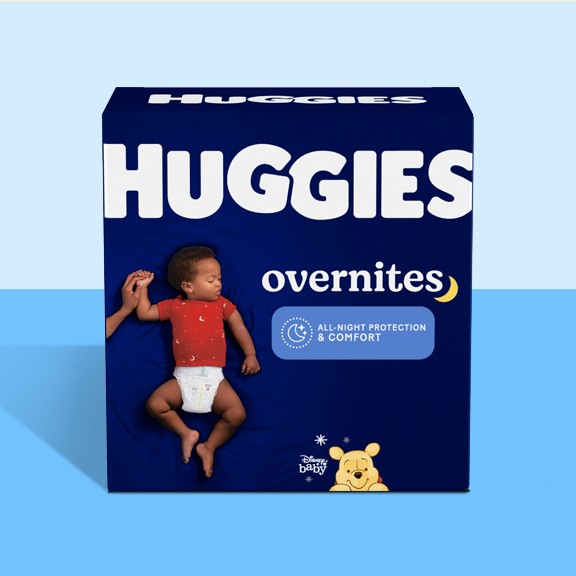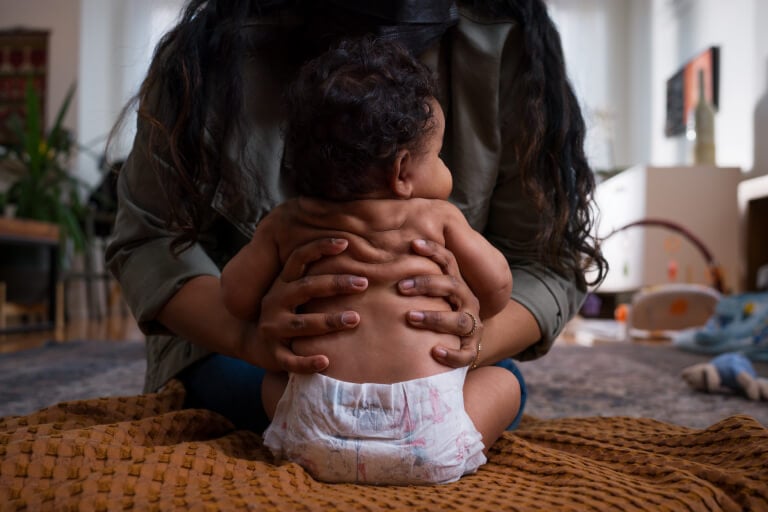Traveling with Newborns
- Travel by car if possible. A car has more flexibility than checked bags at the airport, so if it is possible, travel by car with a newborn. You can also take as many breaks as you need to for diapers and feeding without interrupting anyone other than your own family.
- Try to edit your items. If you are a first-time parent, the thought of traveling with a newborn might be daunting. Ask friends with older children what items are absolutely necessary to try and weed out things you might not end up using while on your trip. Practice for a few days using as little equipment as you can to see if you can edit out anything unnecessary.
- Pack smaller bags in your bigger bag. There’s nothing worse than being on the go and needing something...and not being able to find it in a crowded diaper bag or carry-on. Try packing items in smaller ziplock bags within your larger bag so that you can access things easily. For example, pair together emergency outfits in one bag, or all feeding equipment in one bag.
- If traveling by plane, ask for the bassinet. Each airline has different policies, but most airplane bassinets need to be reserved in advance. The parents usually sit in the bulkhead seats (the first seats in each section of the plane) and the bassinet attaches in front of you. There is a weight limit and usually an age limit, so check before booking and remember that you won’t be allowed to have bags at your feet, so prepare accordingly for items in the overhead bins.
Traveling with Infants
- Try to travel around their schedule. Babies around this age often have schedules, so if possible, try to travel around their naptimes to give yourself a break from having to entertain them.
- Keep your baby busy. Pack toys, games, snacks and anything else you know your baby likes in order to keep them entertained. While babies this age cannot necessarily play by themselves, there are plenty of colorful and interesting things they can be looking at. Remember, babies find just about anything interesting, so you don’t even have to pack fancy toys—an empty water bottle could keep them entertained for quite some time!
- Avoid screens where possible. It’s not always a possibility—hello, epic meltdowns—but where you can, try to control your child’s screentime below age two as the American Academy of Pediatrics recommends.
- Change the scenery frequently. Babies get bored, especially if they are used to being mobile, around seven to twelve months. Take breaks while driving, and try to take walks if on a plane.
Traveling with Toddlers
- Book them a seat. Traveling with a toddler on a plane has a few strict rules: Infant in arms only applies to children under 2, so make sure that you book your child their own seat. The Federal Aviation Administration recommends a child safety restraint system, which essentially is a lap and chest belt system that will keep your child safe during turbulence.
- Peter out the treats. Kids love surprises and new things, so instead of giving them all the treats or new toys at once, for each hour of your car trip or plane trip, have a new toy or snack. At the hour mark, you can swap out the toys to keep them entertained. If traveling by plane or train, offer up “quiet” activities such as coloring books rather than noisy toys that might disturb your neighbor. If you are considering traveling internationally with a toddler, this is a good system to keep rotating out toys and keep them engaged.
- Put bags in bags in bags. Try to compartmentalize as much stuff as possible. Just like traveling with newborns, put everything into its own ziplock bag to grab quickly, such as a change of clothes, toiletries, diapers and more. And have a bag just for empty bags—you never know when you’ll need to wrap up a stained outfit or broken sippy cup.
- Acknowledge the situation. If traveling via plane, you can try the age-old trick of offering your seatmates candy and earplugs in exchange for grace while you deal with your toddler.
Renting Baby Items While Traveling
Car Seats and Traveling with A Baby
Checking your car seat is one option, as some come with travel bags made for this purpose. It’s also free to check your car seat with your luggage through every major airline, and you have the option of checking it at the counter or at the gate if you wish.
But just like any other luggage, your car seat might be ruined in transport or might get lost, so consider these situations before making your final decision. Remember that if you check your car seat at the gate or choose to use it on the plane, you’ll have to take it through TSA first. Allow a few extra minutes just in case your model can’t fit through the x-ray machine, as it might have to be hand-checked.
If you fly with your car seat you have to book a seat for it. Check to see if your particular brand of car seat is approved for use on a plane by looking at the label on the seat. It should say somewhere that it is approved for use on an airplane if it is indeed usable for flying. And before booking, check with the airline to ensure that you can in fact bring your car seat and check it for free.
Strollers and Traveling with A Baby
If traveling by plane, you’ll want your stroller to navigate the airport. You can gate-check your stroller for free and take advantage of the fact that it is not counted as checked luggage—and you get it back right away once you land. Be sure to take advantage of the pre-boarding option for families with small children to allow time to collapse and check your stroller.
You always have the option of renting a stroller at your destination if you want to forgo using one at the airport.
Hotels and Traveling with Children
On a budget? Some parents feel comfortable putting their children in a crib in the bathroom—there are no lights, so it makes for a nice, dark space. You can also order a blackout tent that goes over the crib, from a company like Slumber Pod. Pack a noise machine if your child sleeps with one to help them get a good night’s sleep—and help minimize any noise you make.
Check with the hotel before booking to see if they offer things like travel cribs and high chairs, and consider renting if you need to. Rental houses also make traveling with small children a little easier as you have more space available to you.
No matter what your situation is, the most important thing is to give yourself grace—your child is growing, and sometimes can be unpredictable!
Have you traveled with your kids? Show us and travel diaper hacks on social media @Huggies!
